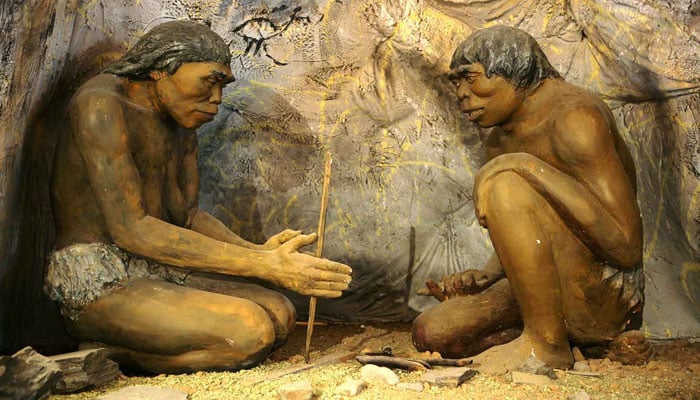9,700 years ago, a tribe of hunter-gatherers camped out on Scandinavia’s west coast. They fished and gathered resources. Some youths who had eaten hazelnuts, deer, and trout chewed resin (mastic) to make glue.
But it was hard to chew the tough deer meat and make the resin since one of the adolescents had a bad gum infection.
Based on an examination of DNA found in chewed resin, this glimpse of the Mesolithic era, just before Europeans began farming, was released in Scientific Reports.
Early in the 1990s, excavations at Huseby Klev, a Swedish location north of Gothenburg, turned up 1,849 flint artifacts and 115 resin fragments. With one fragment dating back 9,700 years, the site was radiocarbon dated between 10,200 and 9,400 years ago.
Teeth impressions on the resin samples under analysis indicate that teenagers chewed on them. In Mesolithic sites, masticated lumps containing teeth or fingerprints are rare.The resin was derived from birch bark pitch, which dates back to the Middle Palaeolithic and was utilized as an adhesive in stone tool technology. But in older communities, they were also chewed for medical or pleasure purposes.
Similar materials have been employed in similar ways all around the world, including plant gums, natural bitumen, and resins from conifers.
When compared to ancient bones and teeth, half of the extracted DNA from certain resin is human, reflecting some of the oldest human genomes from Scandinavia. This particular ancestry profile is typical of the Mesolithic hunter-gatherers who formerly lived in that region.







